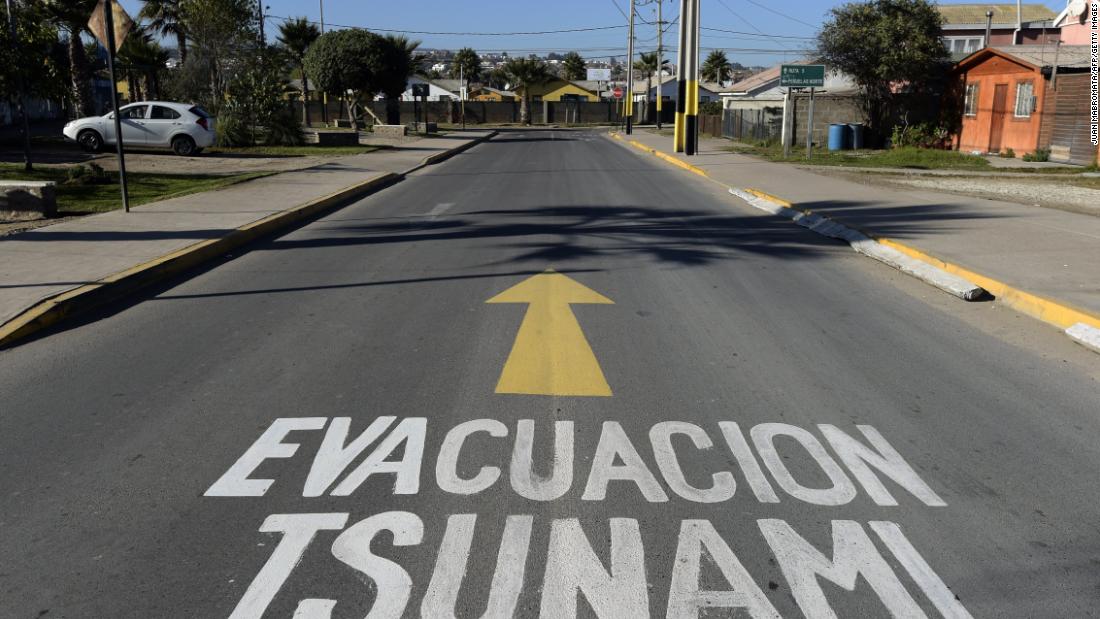
On Saturday evening at 8:36 p.m., the Interior Ministry tweeted a warning that a magnitude 7.1 earthquake had occurred 216 kilometers northeast of the Chilean O’Higgins scientific base at the tip of the Antarctic Peninsula. In its tweet, the ministry called for coastal regions of Antarctica to be evacuated due to a tsunami risk.
But the ministry falsely sent the message to cell phones across the country, urging people to leave coastal areas.
“We want to give the population peace of mind, telling them that there is no need to evacuate the entire national territory, just the Antarctic base,” Miguel Ortiz of the ministry’s National Emergency Office (ONEMI) told a news conference.
He said the agency regretted the inconvenience caused by his posts, blaming a technical error. The tsunami warning for Antarctica was later lifted.
But the clarification came too late to contain the panic. People in coastal cities, including La Serena, north of Santiago, and Valparaiso, began leaving areas close to the coast after the warning – until reports showed it was a false alarm.
While Chileans responded to the warning, a second quake, of magnitude 5.6, hit the border region between Chile and Argentina, according to GFZ’s German Geosciences Research Center. The quake measures a depth of 133 km (82.6 miles) and took place 30 km (18.6 miles) east of Santiago.
No damage was reported from either earthquake.
Sernageomin said that after the first earthquake, 80 people were evacuated from Chile’s main base in Antarctica, the Presidente Eduardo Frei Montalva base on the Fildes Peninsula west of King George Island, and 55 more from three other bases, along with five foreign bases. bases.
The second earthquake occurred near Codelco’s Andina and Teniente copper mines and Anglo American PLC’s Los Bronces.
Chilean mining regulator Sernageomin said workers, mining operations and facilities had reported no problems after the earthquake.